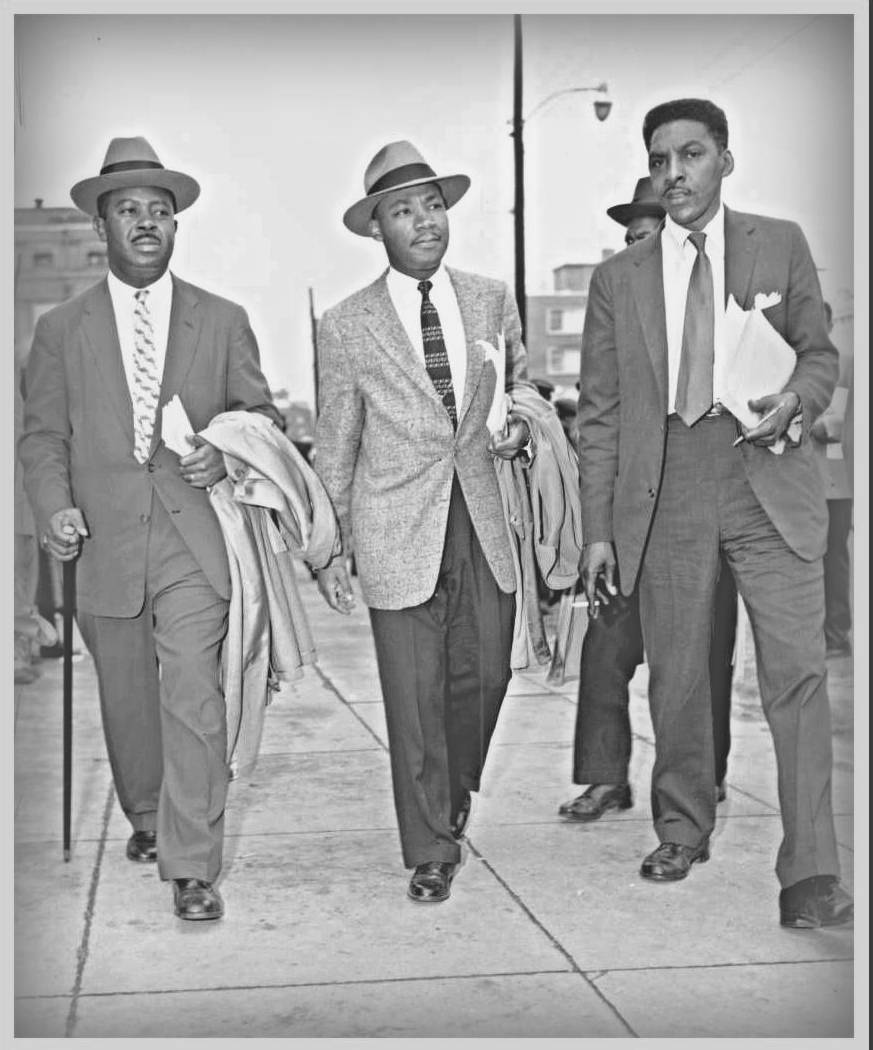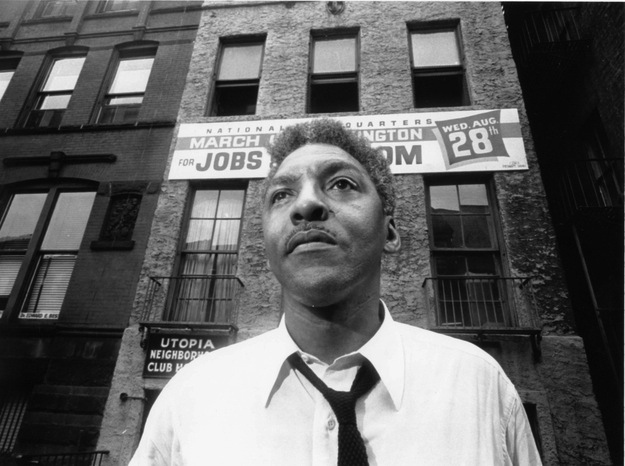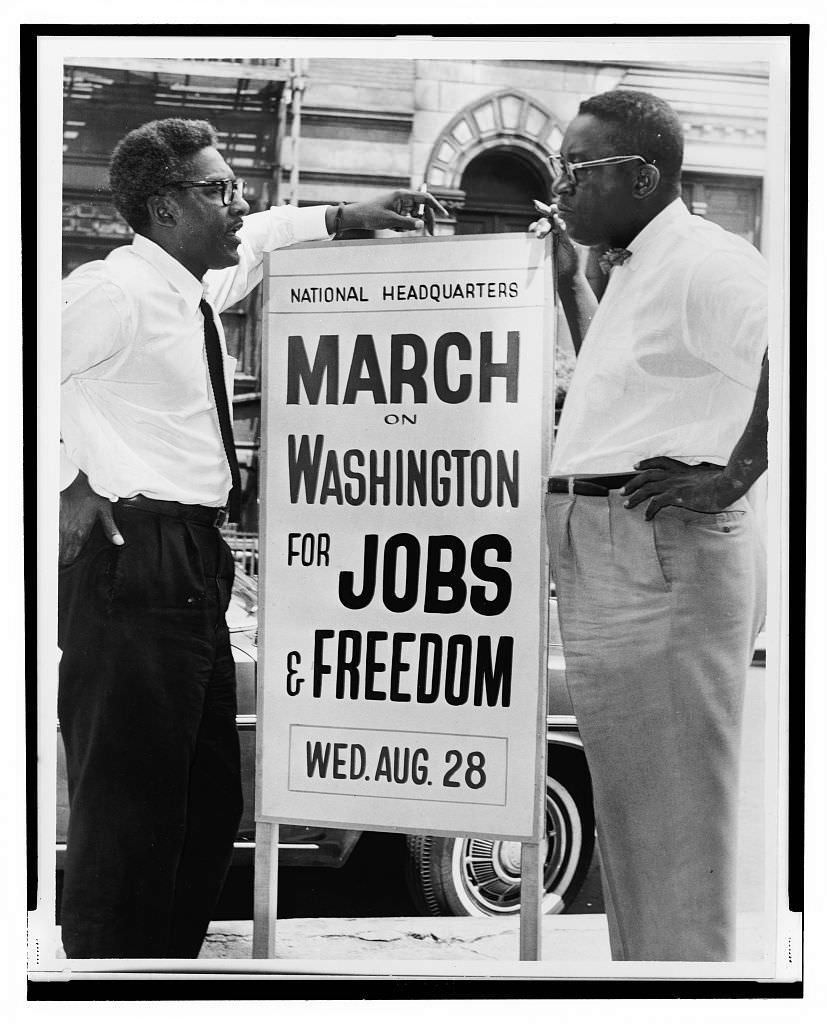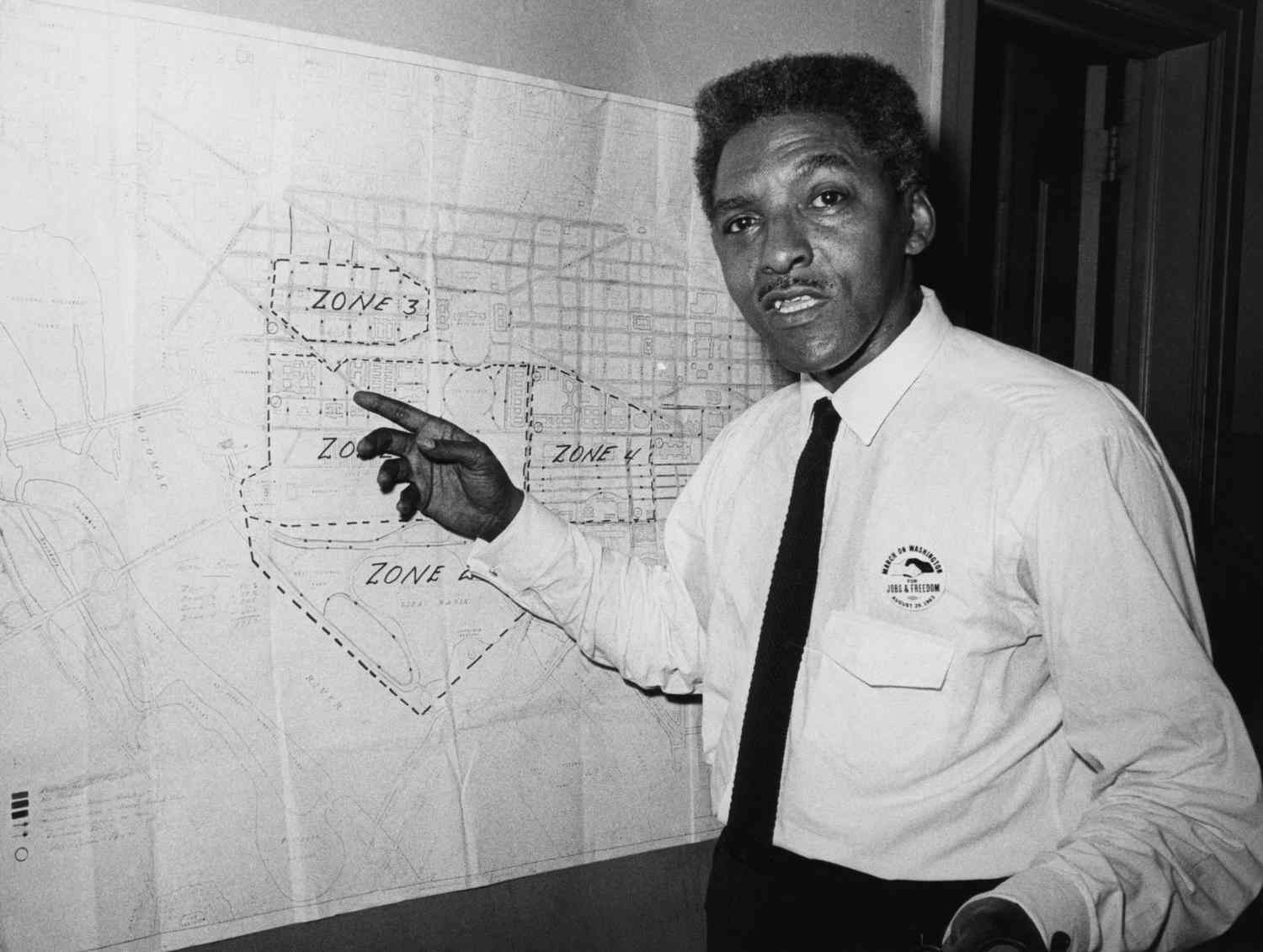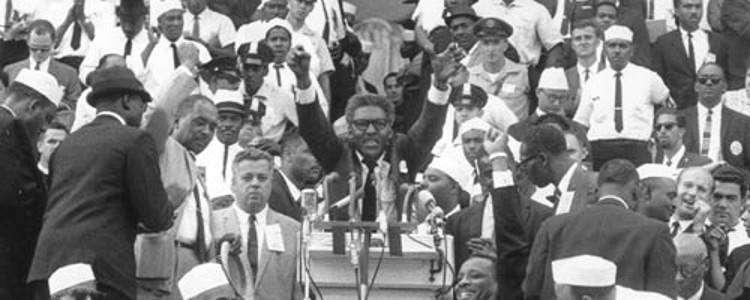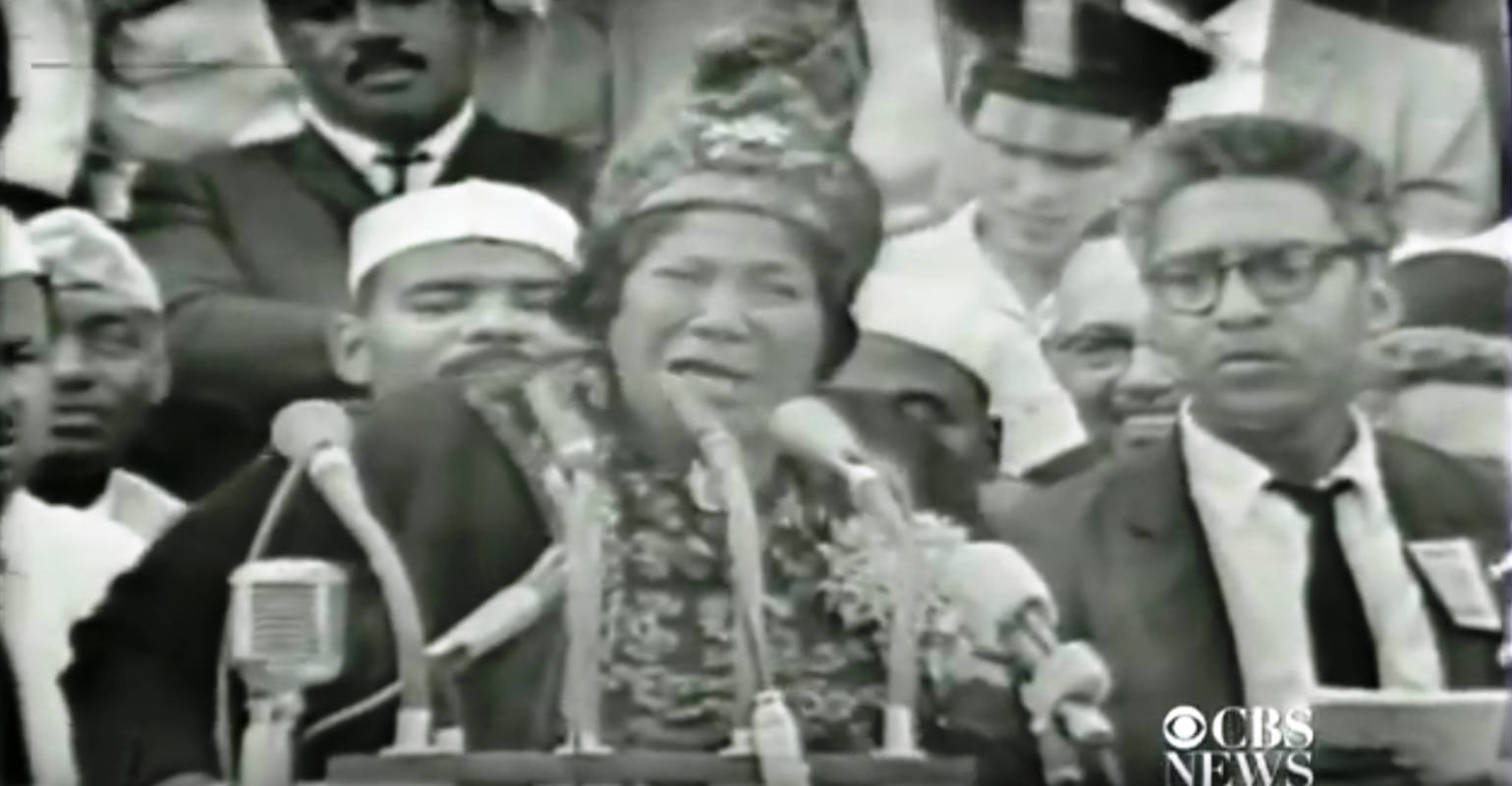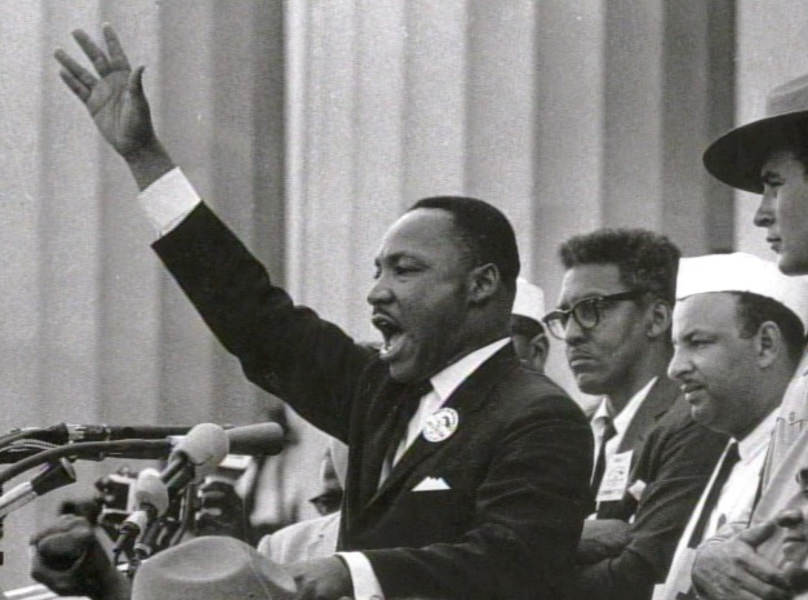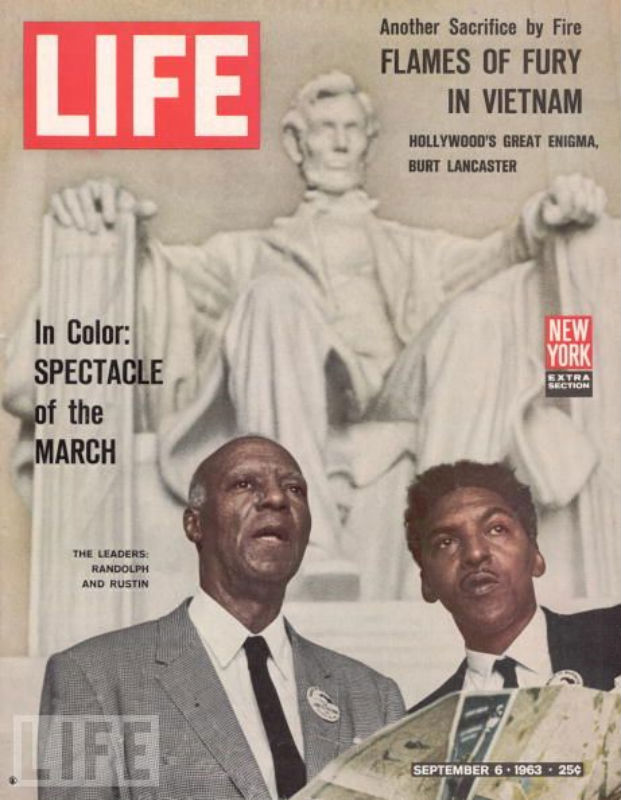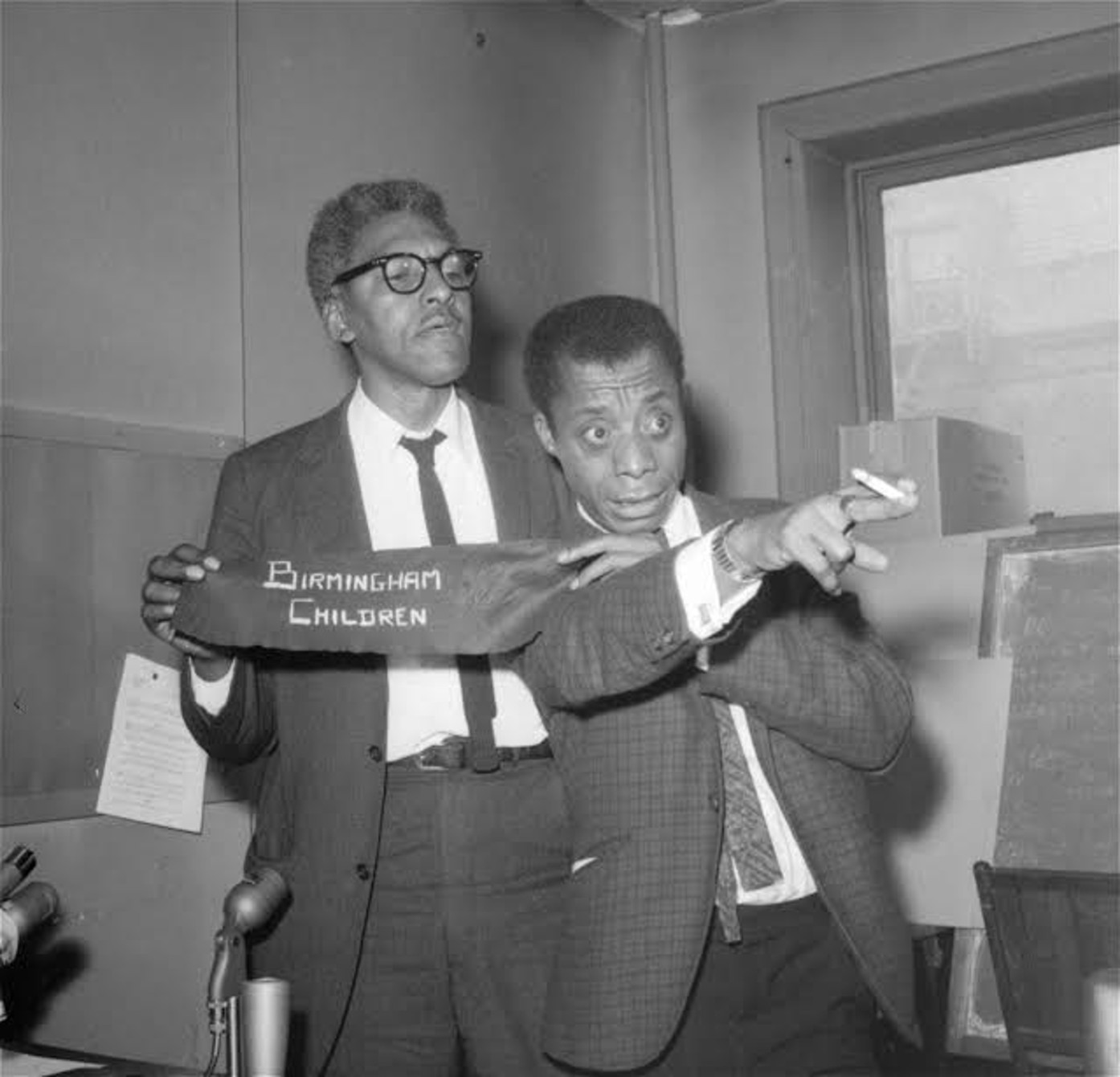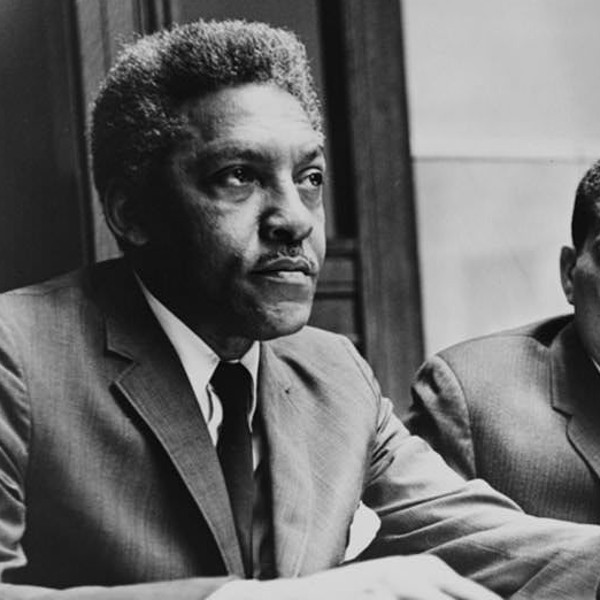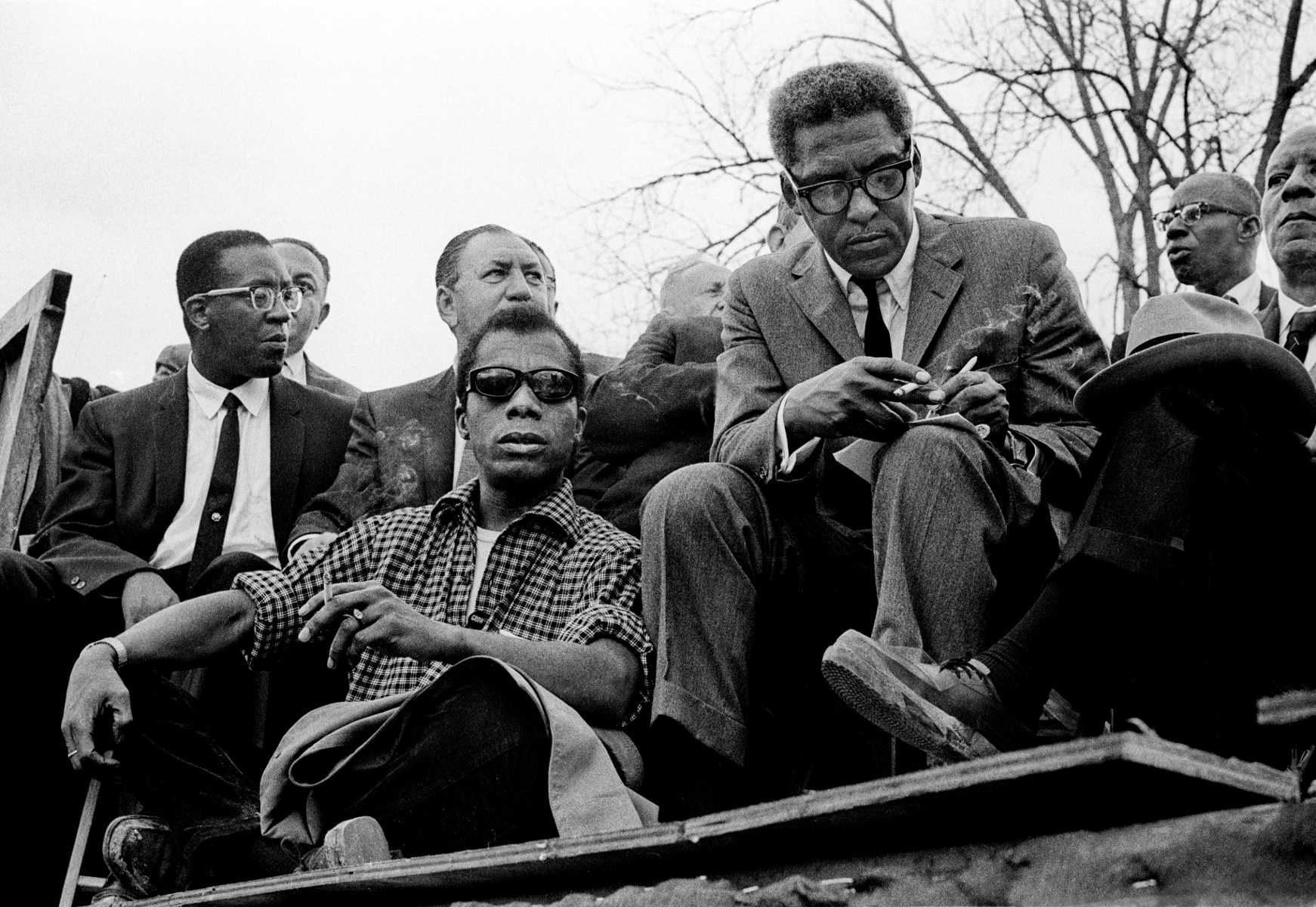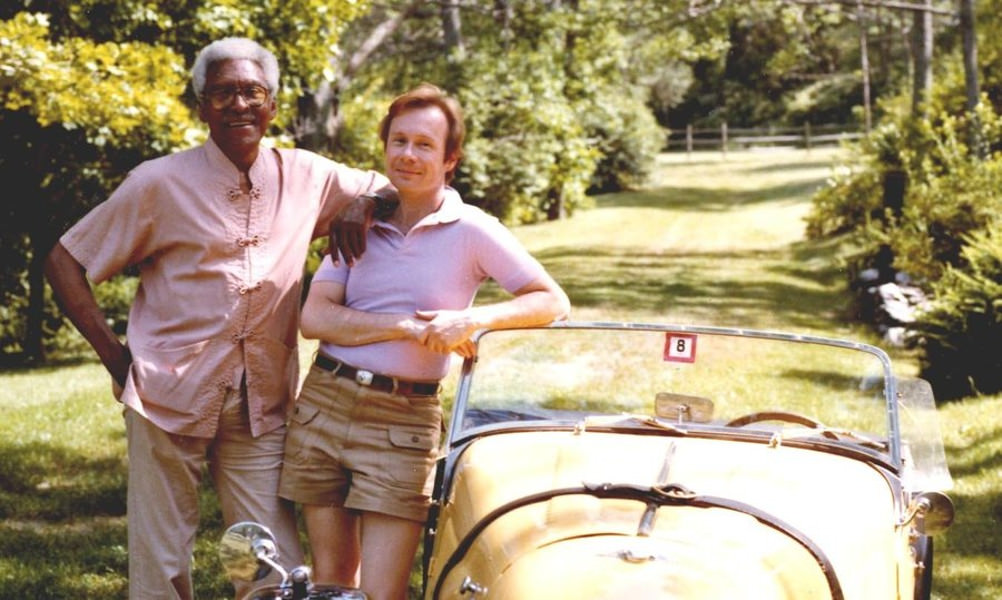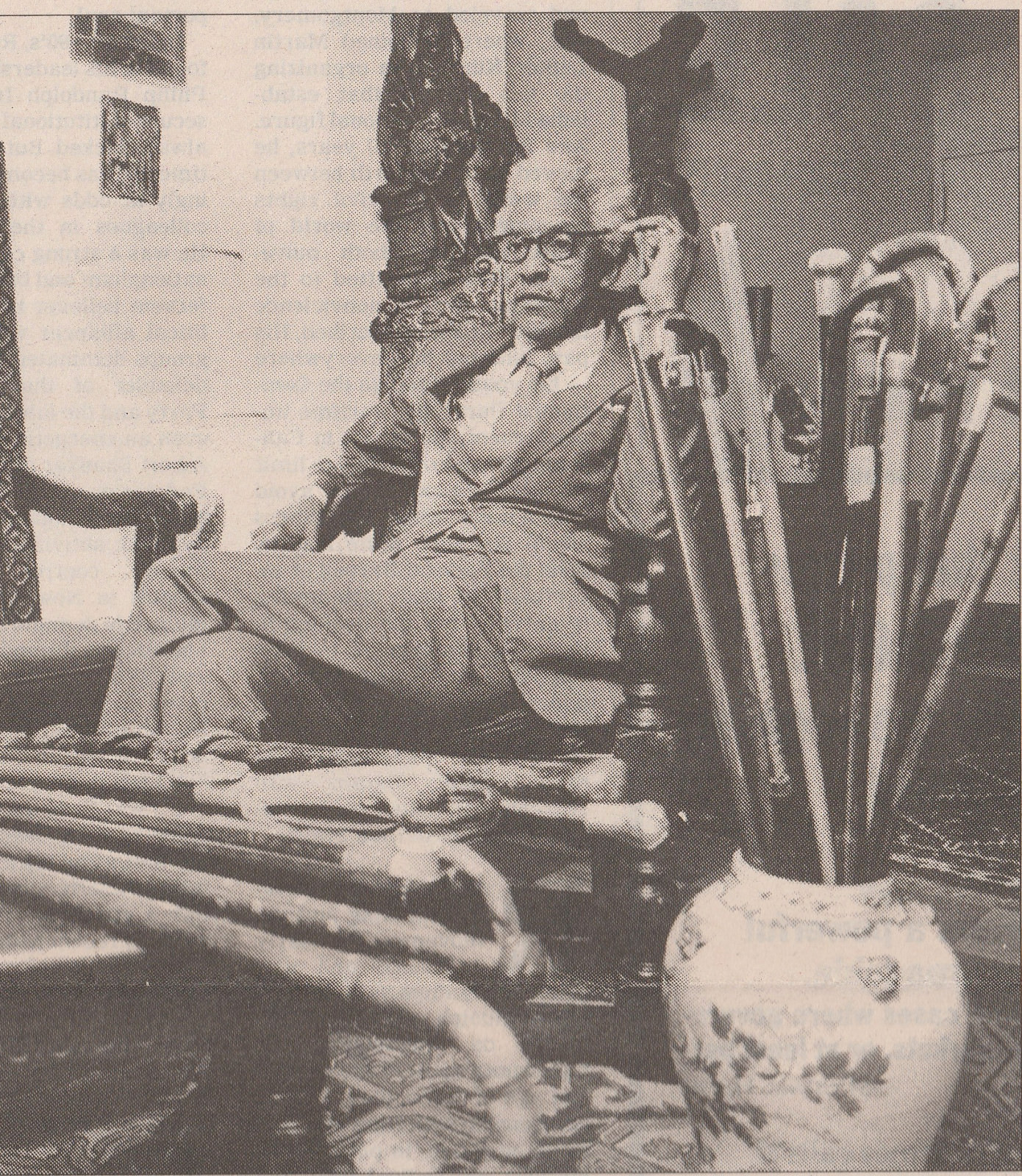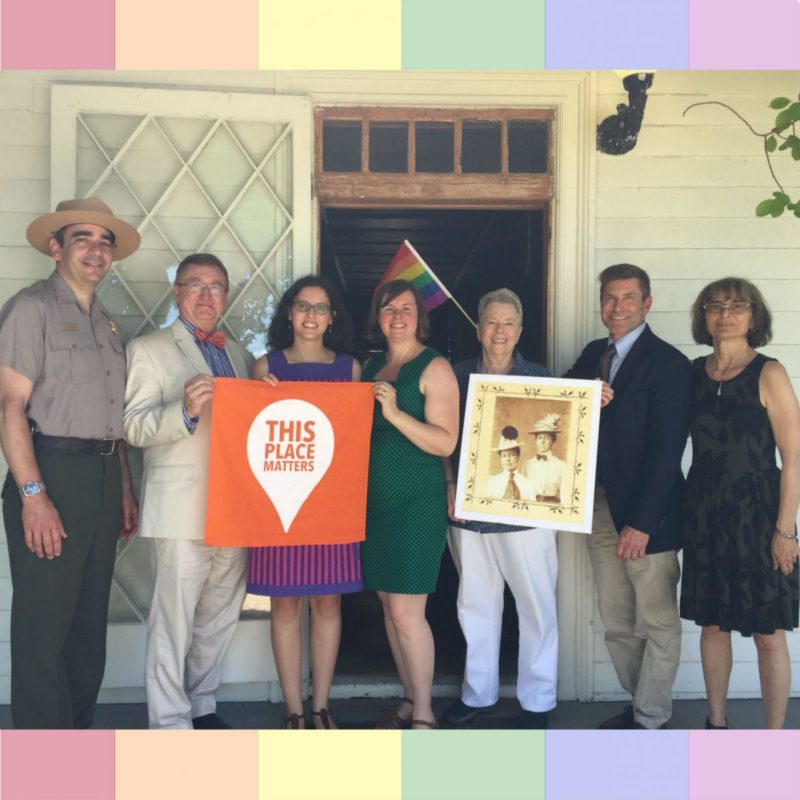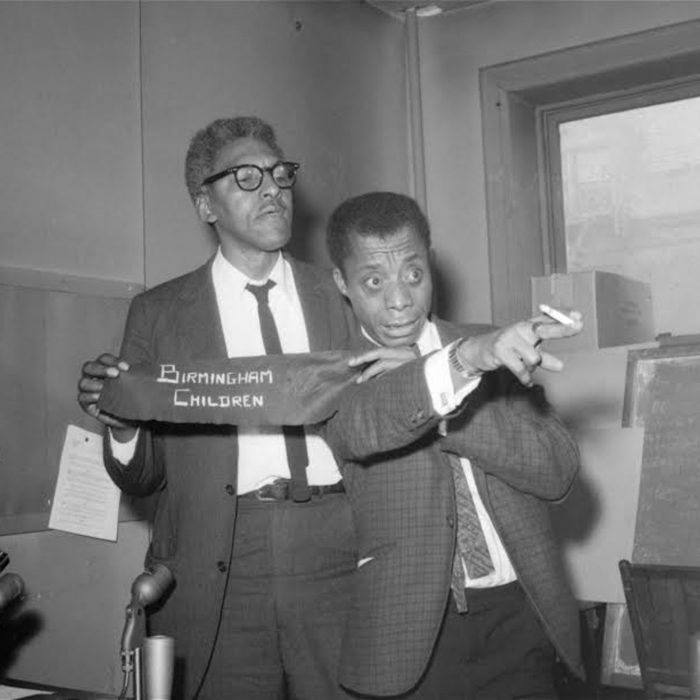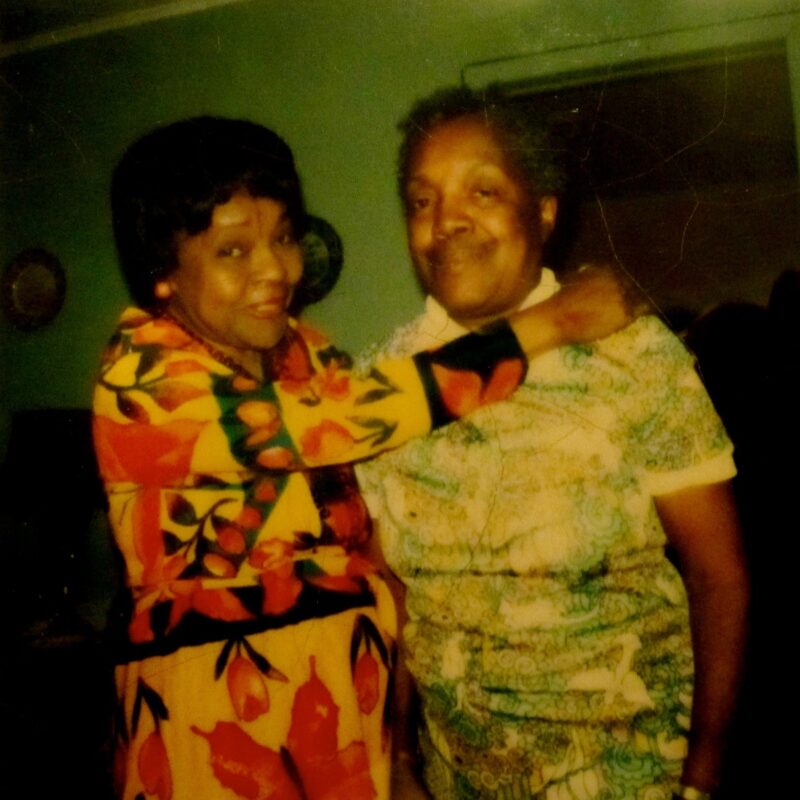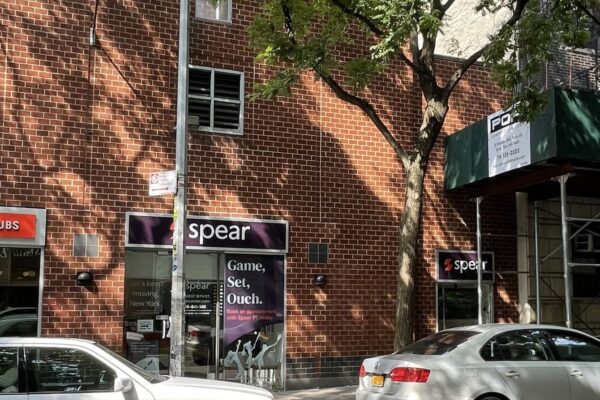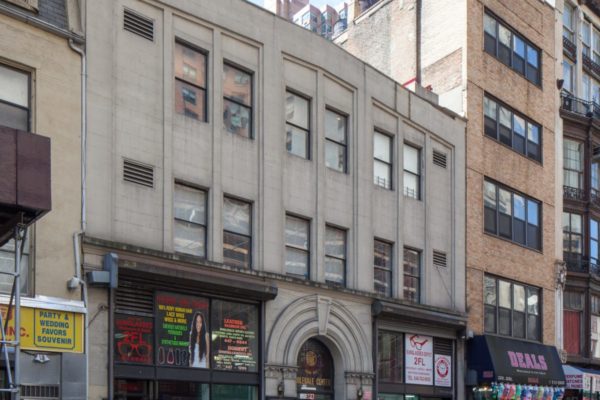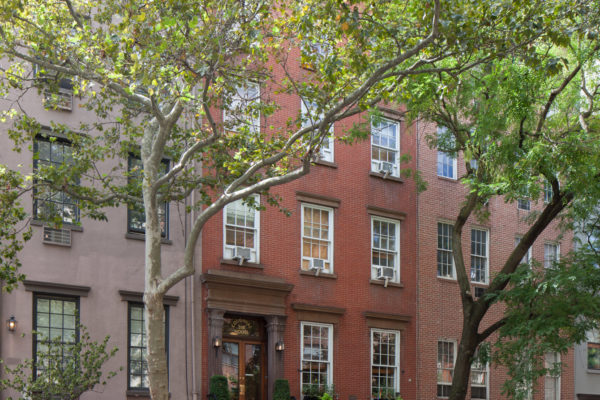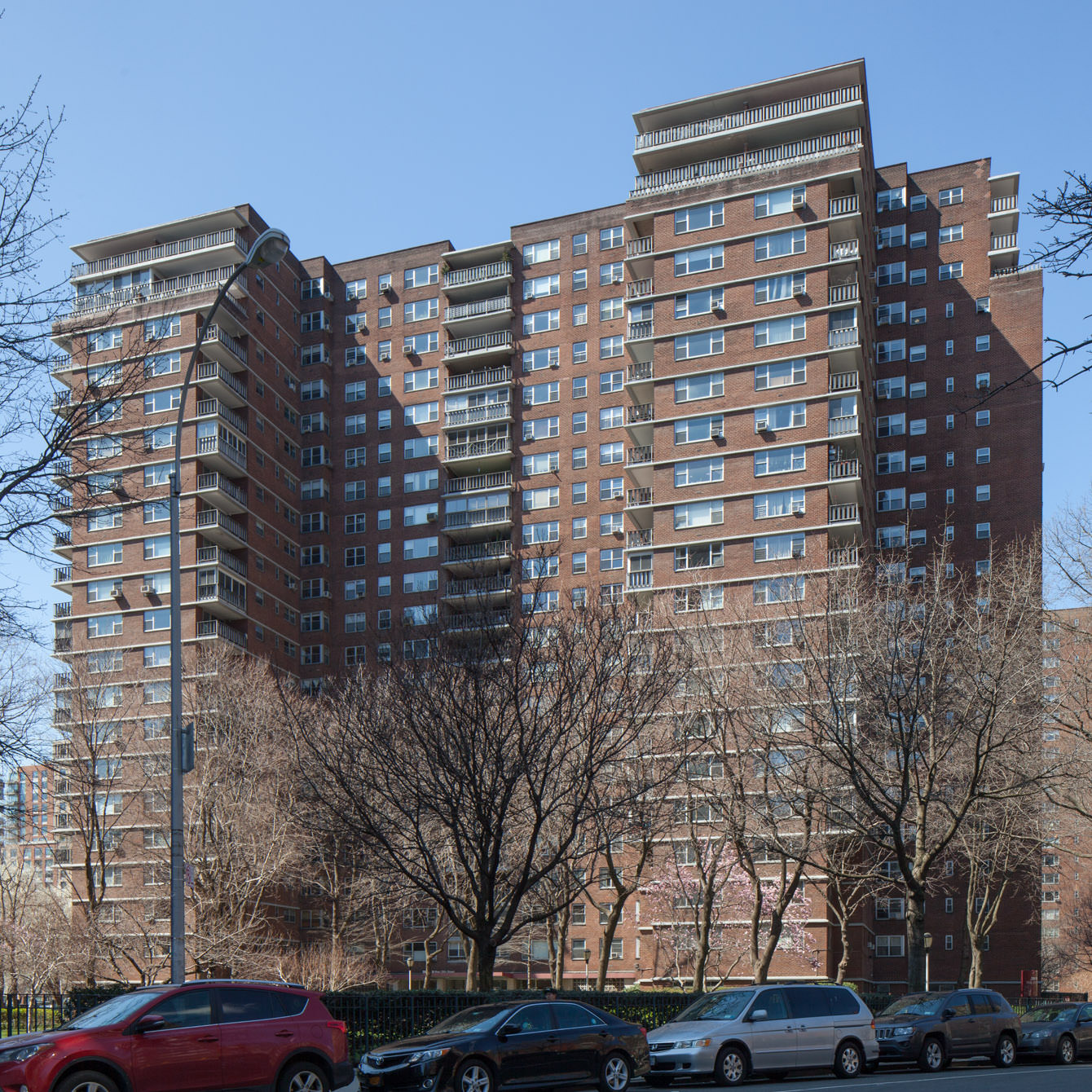
Bayard Rustin Residence
overview
Bayard Rustin, one of the most important yet little-known figures of the Black civil rights movement, lived in an apartment in this Chelsea building complex from 1962 to 1987 (his death).
While here, he served as the lead organizer of the 1963 March on Washington for Jobs and Freedom and took part in numerous social justice campaigns around the world.
With the support of the NYC LGBT Historic Sites Project, this site was listed on the New York State Register of Historic Places in 2015 and the National Register of Historic Places in 2016.
On the Map
VIEW The Full MapHistory
Raised as a Quaker, Bayard Rustin (1912-1987) was an openly gay Black activist and devout pacifist who, over the course of five decades, had an immeasurable impact on the civil rights movement in the United States and social justice efforts abroad. One of his many roles was as chief advisor to Dr. Martin Luther King, Jr. in the 1950s and early 1960s, to whom he taught Mahatma Gandhi’s philosophy of non-violent resistance. However, despite working tirelessly for the civil rights cause, Rustin was often forced to give up leadership roles and recognition because of prejudice towards his homosexuality.
From 1962 until his 1987 death, Rustin lived in apartment 9J, building 7 in the Penn South complex in Chelsea. In 1977, his partner Walter Naegle moved in. While living here, Rustin served as the lead organizer of the 1963 March on Washington for Jobs and Freedom, which is now largely remembered for Dr. King’s “I Have a Dream” speech. Working from offices at 170 West 130th Street in Harlem, Rustin and others would sometimes continue their strategy meetings into the evenings in his apartment.
Some of Rustin’s other important efforts during this time period include helming the A. Philip Randolph Institute, working with Turn Toward Peace and the World Without War Council, and pushing for full integration of New York City schools. In the 1970s, he became involved with international human rights issues, such as designing Project South Africa and serving as a roving ambassador for Freedom House at 20 West 40th Street (demolished). At the end of his life, he testified in support of the gay rights bill, which the New York City Council finally passed in 1986.
…of all the leaders of the civil rights movement, Bayard Rustin lived and worked in the deepest shadows, not because he was a closeted gay man but because he wasn’t trying to hide who he was…I ask that if you teach children one new name from the heroes of black history, please let it be Bayard Rustin.
In recent years, Rustin’s legacy has been recognized in several biographies, a 2003 biographical film, Brother Outsider: The Life of Bayard Rustin, and the 2013 Medal of Freedom awarded by President Barack Obama.
Landmark Designations for LGBT Significance
In March 2016, with the support of the NYC LGBT Historic Sites Project, the Bayard Rustin Residence was listed on the National Register of Historic Places by the U.S. Department of the Interior, following the site’s listing on the New York State Register of Historic Places. The National Register report, written by Mark Meinke, is available in the “Read More” section below.
Entry by Amanda Davis, project manager (March 2017).
NOTE: Names above in bold indicate LGBT people.
Building Information
- Architect or Builder: Herman Jessor
- Year Built: 1962-63
Sources
Henry Louis Gates, Jr., “Who Designed the March on Washington,” The Root, August 19, 2013, bit.ly/2eEo0oF. [source of pull quote]
Mark Meinke and Kathleen LaFrank, “Bayard Rustin Residence,” National Register of Historic Places Nomination Form (Waterford, NY: New York State Historic Preservation Office, March 8, 2016).
Michael G. Long, I Must Resist: Bayard Rustin’s Life in Letters (San Francisco: City Lights Books, 2012).
Do you have more information about this site?
This project is enriched by your participation! Do you have your own images of this site? Or a story to share? Would you like to suggest a different historic site?
